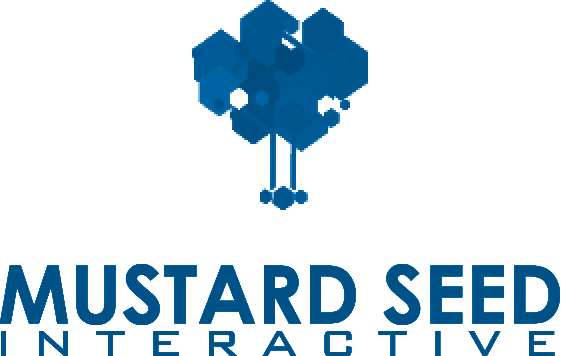Not enough hours in the day? Don't worry, automation is here!
For any marketer, there are three paths you can take with an email list:
(1) Run strategic and consistent email acquisition campaigns to gather new contacts for your list, and work to get them engaged with your brand before adding them to your list;
(2) Immediately add newly gathered contacts that you acquire to your list, cross your fingers and hope they work out;
(3) Do nothing at all, and watch your list slowly die.
The last option is obviously not good. If your list dies, there goes your business. And adding contacts to your list, but failing to effectively get them introduced to your brand, will almost always lead to subpar results – and thus wasted money.
The best option for growing a healthy, responsive list will always be to get your new contacts to engage with your brand before fully integrating them into your marketing efforts. This takes time though, and is something that can be very difficult to do effectively when you are busy performing work for many different clients.
This is an area where automation can play an incredibly powerful role in your onboarding efforts.
Developing and delivering a well-crafted welcome email series is a proven technique used to build quality lists. These welcome series can vary in content and scope of course, depending on what level of engagement is appropriate for your audience and how many opportunities you want to give contacts to opt out before adding them to the full list.
Let’s consider the following example –a welcome series where new contacts receive five welcome emails, with resends of each to non-openers, and then ten single question surveys.
It would take roughly a month for a contact to receive this entire welcome series, and the contact would be added to the list after roughly fifteen days if they opened any of the emails sent to them.
Without automation, this process can quickly become very burdensome, eating up multiple hours every day because your contacts typically will not have the same onboarding start date. So even if you did contact pulls once a week, you would have at least four lists of contacts that would be at different stages of the welcome series. The result is a great deal of time-consuming work.
And that’s why automation is so powerful. By utilizing triggers – interactions taken by you or by a contact to move along the process – the time it involves on your end can be reduces from a few hours a day to a few hour a week. When working with certain automation systems, you can simply add contacts to a list which then triggers the welcome series to start. It automatically adds them to your sending list based on parameters and pathways you’ve established. Of course it is a best practice to only add engaged subscribers to your email lists, because adding those that are not could hurt your list’s overall health and reputation.
During the recent Email Evolution Conference that took place in New Orleans, Karen Talavera of Synchronicity Marketing, explained that there are five benefits to email automation:
- Much higher engagement and response
- It shows you are paying attention, and noticing when people are engaging with your brand
- A wider variety of content is sent to a contact’s inbox
- Higher subscriber and customer satisfaction
- Less time spent on implementation and greater cost-saving potential
Through automation, you can effectively demonstrate that you are focused on the actions of each individual contact. When a contact opens one of your automated emails, they will be seamlessly moved along the path to the next send. And if the automation system recognizes that a contact is not engaging after multiple emails have been sent to them; it will remove them from the process. This is important, because you do not want to add contacts to your list that are not engaging with your brand. Following this best practice results in a more engaged and responsive overall list, and reduces unsubscribes and complaints which can negatively impact your lists reputation.
Automation also allows marketers to customize content to reflect the responses of the contacts that we are trying to engage. For example, if someone in a welcome series survey email told us that the most important political issue to them is the protection of the Second Amendment, the next email in the series could be customized to focus on news or events related to gun rights and protecting the Second Amendment.
So while the initial setup of any automation process can take some time, once you have that process in place you will quickly reap the benefits of newly gained efficiencies. This will free up a tremendous amount of time to focus on other ways you can better serve clients and their brands.
Mustard Seed Interactive is an expert email provider, ready to help you achieve automation that will allow you to successfully build lists that will optimize the deliverability of your email, which will greatly increase the likelihood that your audience will open it and act upon your message.
Daniel R. Glass is the Email Manager at Mustard Seed Interactive. He can be reached at daniel@mustardseedinteractivellc.com

